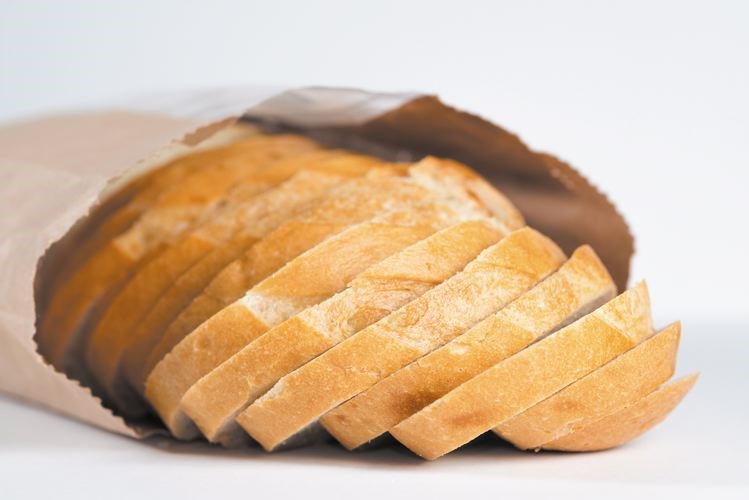Warm, delicious, fresh out of the oven bread has an aroma which takes me back to my childhood and my mother's baking. There were few things better than a thick slice of oven-warm bread with butter with a cold glass of milk.
Bread, in its many forms, is a staple of diets around the world. From naan in India to tortillas in Mexico, bread comes in many forms and flavours.
But for an increasing number of people, eating any form of bread is a problem. For people with wheat allergies all of the proteins in bread represent a dietary problem. For people with celiac disease, the proteins in gluten can have serious and even life threatening consequences.
Celiac disease falls into the broad category of auto-immune diseases which are diseases in which the immune response causes the body to attack itself.
They are a consequence of the way our immune system separates self from invader.
At a cellular level, all cells look pretty much the same. They are a small sack of cytoplasmic fluid with a lipid membrane. Bacteria cells are hard to distinguish from the cells in our body. At a cellular level, it is fairly difficult for our immune system to known which cells to eliminate and which to keep.
Our immune system has evolved various methods, though, for distinguishing cells we are supposed to have from cells we aren't. It does this by recognizing proteins on the surface of a cell. If they aren't right, our immune system destroys the cell.
Unfortunately, if something happens to modify the proteins on the surface of our own cells, they become unrecognizable to the immune system. Our immune system's response is to call in the big guns - the killer cells - and do away with it. In effect, the immune system can be accidentally tricked into attacking our own body.
In the case of celiac disease, two types of proteins make up glutens and it is the Prolamin storage proteins which are the culprits responsible for the problems. This particular class of proteins is widely spread amongst all of the cereal grains. However, only the proteins in wheat (gliadin), barley (hordein) and rye (secalin) are known to produce an actual response.
Indeed, it is not even the whole protein. Research published in Nature has identified a 33 amino acid peptide sequence in these proteins that appear to be the primary initiator. Remove this amino acid sequence and a person with celiac disease can eat wheat, barley or rye with no apparent effects.
Unfortunately, this particular peptide sequence is fairly robust and immune to the normal actions of the gastric, pancreatic, and intestinal brush-border membrane proteases. These are the enzymes found in the digestive tract which have evolved to take large segments of proteins and strip them down into individual amino acids. Under normal circumstances, we can only absorb single amino acids.
In the case of celiac patients, it appears a three-amino acid peptide sequence from the Prolamin proteins is capable of slipping through the intestinal wall by passing between the brush cells.
If you think of the lining of your intestine as a mosaic of scrub brushes, the hairs or fibres on each brush are where we would normally absorb nutrients. The fact there are so many hairs means we have a lot of surface area in our intestines with which to absorb food.
However, there are also small gaps between the brushes. In a normal intestinal wall, the gap is small enough to keep pretty much everything out. In the intestinal wall of a celiac sufferer, the gap lets the 3 amino acid peptide in.
Once inside, the peptide reacts with an enzyme called tissue transglutaminase or TTG. In doing so, it changes the enzyme and opens it up to attack by an antigen which, in turn, triggers an immune response.
As a consequence, the immune system attacks the brush-border cells of the intestinal lining. The swelling essentially destroys the hairs of the brush - called villi - extending from the cells into the intestinal track. The result is a greatly decreased surface area.
This means nutrients are not as readily absorbed leading to severe symptoms including chronic diarrhea, abdominal distension and stunted growth.
Persistence can lead to weight loss, anemia and neurological symptoms. If left untreated, celiac disease can lead to increased morbidity and mortality.
It is a disease which affects somewhere between one in 40 and one in 1,750 people, depending upon geographic location and other genetic factors, but it is definitely a genetically-based disease.
The only treatment presently available at the moment is adhering to a strict diet without food containing gluten from wheat, barley or rye - which includes beer made with barley.
But perhaps most frustrating is the diet can't include an oven-warmed slice of gluten-containing bread - although the butter and cold milk aren't be a problem.



